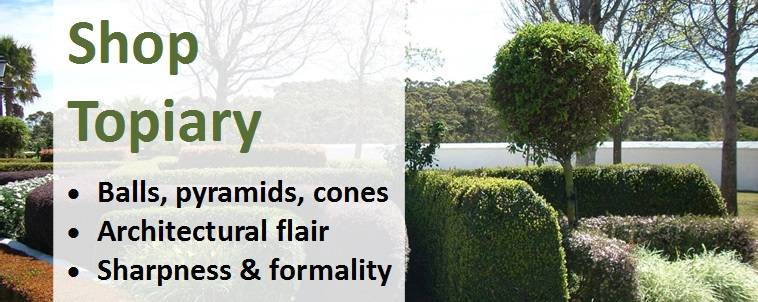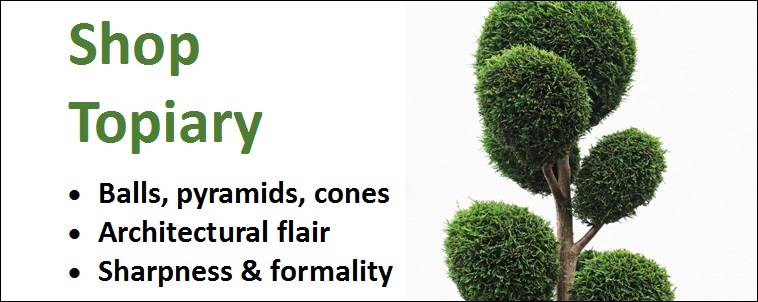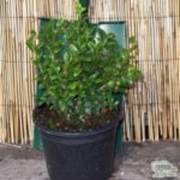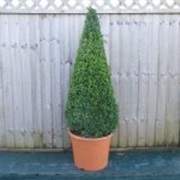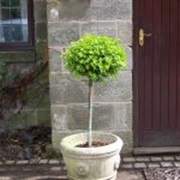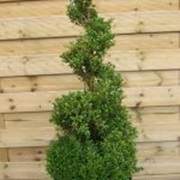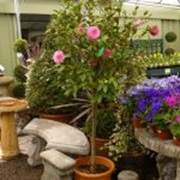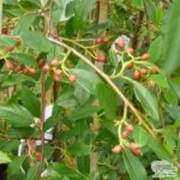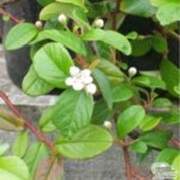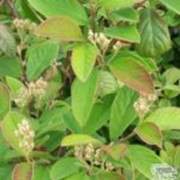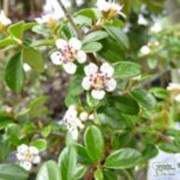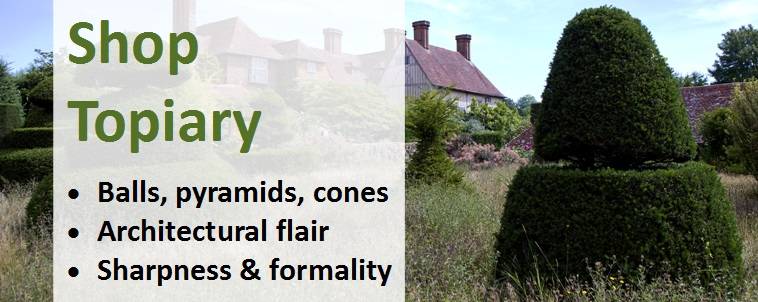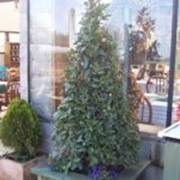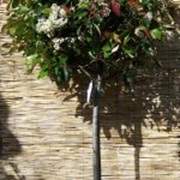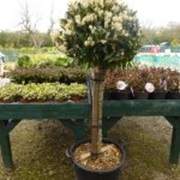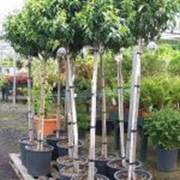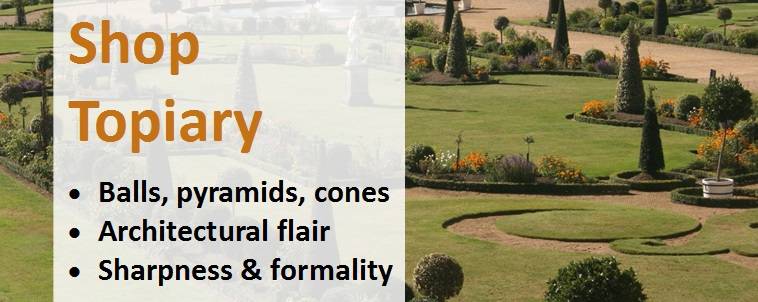Guide to Topiary
Topiary refers to perennials, shrubs are trees which have been trained or clipped into clearly defined, geometric or fanciful shapes such as balls, cubes, obelisks, pyramids, cones, or tapering spirals. It has increasingly come back into fashion in recent years, generally using dense, small-leaved evergreens with varieties such as English Yew (Taxus Baccata), Box plants (Buxus Sempervirens) and variegated holly (Ilex Argentea) amongst those best suited.
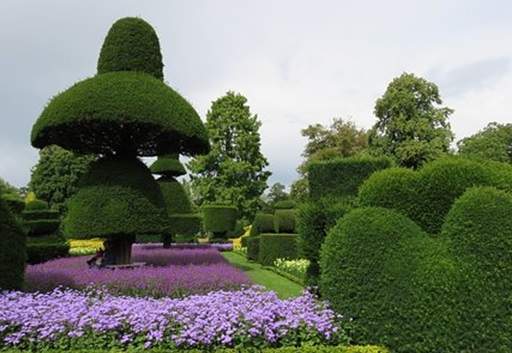
Topiary is excellent for adding architectural flair and strong lines to your garden. Spirals, pyramids and lollipops are great for positioning either side of a doorway to add elegance and a touch of glamour, whilst well-maintained Buxus balls, perhaps positioned along a Box hedge, can be used to add a degree of sharpness and formality. Topiary is also a great way to introduce children to gardening and a perfect gift for those looking for a new relaxing and rewarding pass-time.
Choosing a plant
Topiary vary significantly in size, shape, growth habit and special features, as well as the conditions where they will succeed, but the range of plants within the category means there will inevitably be something to suit the exact conditions and provide the specific qualities you’re looking for. Selecting a plant that’s suitable for the conditions in your garden is the first step to effective garden care, so choose carefully. We’ve provided a guide to some of the best types of varieties below including links to more information on our favourites.
Planting
Containerised plants can be planted at any time providing the ground is not frozen or waterlogged, although October to April is often best as this is when they will be dormant and best able to establish more quickly in the spring. Please see our article on planting shrubs and trees from a container into your garden.
Growing Topiary in a Container
Some small to medium sized plants also grow well in containers, which is a good option if you want to add impact to the patio. Select the size of the container based on the eventual height and spread of your plant and pot up using a suitable compost – multi-purpose is fine for most varieties but ericaceous compost is a must for acid-loving plants. Other garden care steps are the same as for growing plants in the ground (see below) but you’ll need to pay special attention to feeding your plant regularly during the summer.
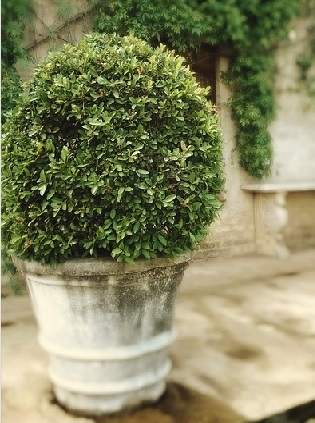
Garden Care
Growing Conditions
Some plants such as Camellia bushes dislike lime and must be grown in an acidic, ericaceous compost to succeed. Varieties such as Bay Laurel will do best in a well-drained, fertile soil, whilst others like Rosemary are unfussy, making them great for a less fertile or boggy part of the garden.
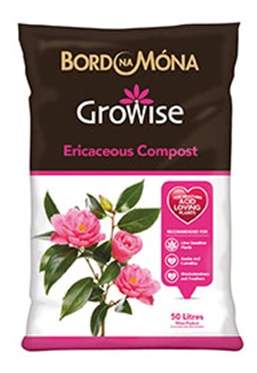
Watering and Feeding
Topiary are generally easy to grow and undemanding. Watering is recommended when newly planted but most varieties will become drought tolerant once established. Feeding annually in late winter with a general purpose fertiliser usually does the trick for plants grown in the border, although container-grown specimens may need a couple of extra boosts over the summer as they have less soil from which to draw nutrients.
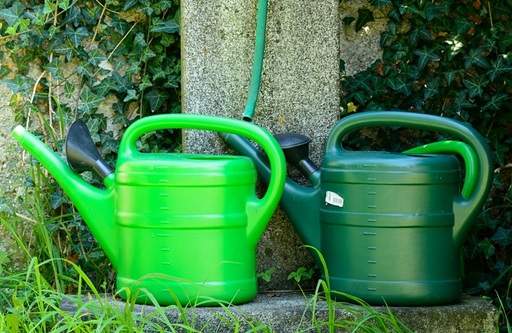
Weeding and Mulching
Weed around your plants as and when necessary during the growing season. Larger weeds should be hand pulled from the soil ensuring that all of their roots (including all of the tap root where appropriate) are removed. Smaller weeds can often be removed more easily with a hoe. Apply a generous mulch of bark around the base of your plants after planting and annual each year in late winter to help suppress weeds and retain moisture.
Cold Protection
Ability to withstand the winter cold varies by variety and is indicated by their hardiness. Whilst some will stand up to the harshest of conditions, others will require shelter and cold protection such as a sheltered wall, horticultural fleece or even being moved to a greenhouse (for specimens grown in a container). Make sure you factor in the hardiness of plants relative to your conditions when choosing a plant for your garden.
Pruning and Shaping
At Jacksons we provide various shapes and varieties of topiary that are ready made for your convenience, however if you would like to make your own topiary then we have some handy tips for you:
- Choose the best plant for your garden conditions and the type of shape you are looking for
- Choose a design that fits into the setting it will grow in. Some plants' growth may suggest a design.
- Remember that your plant will start small but will continue to grow therefore some may require more maintenance than others.
- Clipping tools will range from hand tools such as specialised topiary shears, to large electric shears depending on the size of your project.
- When shaping your plant make sure you are wearing gloves to protect your hand and consider eye and ear protection if using motorised clippers
- Start with one young plant or several small plants close together.
- You can use a frame to shape your plant to the desired design or shape by hand
- Don't clip your plants in extremely hot or cold weather, spring is the best time to do this
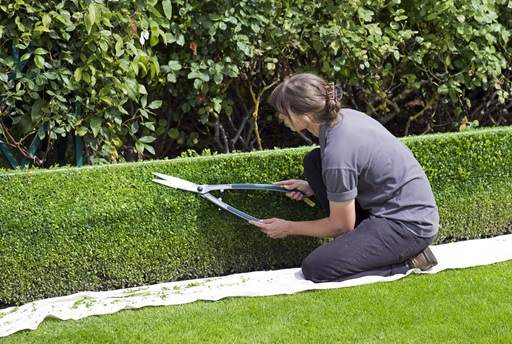
Best Topiary Plants A-Z
Small leaved tightly grown evergreen box plants make fantastic topiary of all shapes.Our box topiary can be grown to any size, the dark green foliage is thick and present year round. Although these Buxus are shaped as balls, they can be grown and clipped to any shape you desire, or grown into larger balls. Can be grown in most fertile soils but prefers slightly alkaline, well drained areas for most impressive growth. This plant can be kept in shape by clipping when needed, although it will not lose its compact appearance if left to its own devices. They look superb as centre pieces in planters and pots.
A beautiful piece of evergreen topiary gives structural interest throughout the winter. Stunning flowers of the camellia bring your garden to life throughout the summer. Shiny, dark green leaves are able to withstand even the harshest conditions.One of our most popular varieties of topiary that looks great either side of doorways or as a centerpiece, making them the perfect decoration at weddings or special occasions.
Cotoneaster
Hardy deciduous shrub with a spreading or upright growth habit depending on variety, stiff branches and small ovate leaves. Oval, glossy dark green leaves that take on a bronze to purplish cast during the winter. It becomes studded with masses of handsome, slightly fragrant, small white flowers in attractive clusters from May to June which are pink-tinged, flat-petaled and very attractive to bees. The flowers are followed by a prolific display of showy, bright, waxy red berries that persist well into the winter, attracting birds to the garden.
|
Cotoneaster 'Hybridus Pendulus' |
Cotoneaster dammeri |
Cotoneaster lacteus |
|
Cotoneaster 'Coral Beauty' |
Beautiful evergreen topiary from Italy, lollipop shaped holly with glossy green leaves, producing bright red berries from late autumn to mid-winter. It is a useful, slow growing variety idea for topiary as it only needs to be trimmed occasionally to keep its shape. Great when bought in pairs and placed either size of your door.
With its narrow, leathery, glossy, dark green foliage, Laurus nobilis are extremely aromatic and often used in cooking. Produces small star-shaped yellow flowers followed by circular green then black fruits.
Beautiful evergreen topiary, bright red young bracts that turn to green as the leaf matures. Provides interesting year round colour. Superb architectural topiary adds finesse and interest to any garden and is practically stunning either side of doorways, garden paths, pergola entrances and patios.
Photinia x fraseri 'Red Robin' - Lollipop
This is a large, versatile evergreen shrub with elongated, glossy dark green leaves and white, early summer, cup-shaped flowers. These are produced in long, slender racemes and possess a sweet hawthorn scent.
This is an aromatic, evergreen shrub which is perfect for a shrub or mixed border, or for growing as part of a herb garden, in a sunny spot of the garden. It bears purple-blue flowers which are produced along upright flower spikes from mid-spring to early summer.
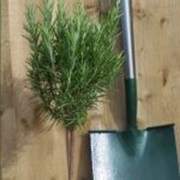
Rosmarinus officinalis - Mini Lollipop
A charming dwarf, very compact headed tree ideal where height is required but space is limited. It bears dense panicles of fabulously fragrant, pink flowers which are produced in abundance between May and June. Showy blooms are spread over the entire tree canopy, adding a vibrant splash of colour to the garden in early summer.
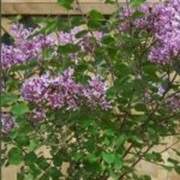
Syringa meyeri 'Palibin' - Lollipop
-
Plant Guides
- Guide to Bamboo Plants
- Guide to Climbing Plants
- Guide to Climbing Roses
- Guide to Conifers
- Guide to Floribunda Roses
- Guide to Fruit Bushes
- Guide to Fruit Trees
- Guide to Garden Ferns
- Guide to Garden Shrubs
- Guide to Heather Plants
- Guide to Hedging Plants
- Guide to Herb Plants
- Guide to Herbaceous Perennials
- Guide to Hybrid Tea Roses
- Guide to Japanese Maple Trees
- Guide to Ornamental Grasses
- Guide to Rhododendrons
- Guide to Topiary
Share this page:

